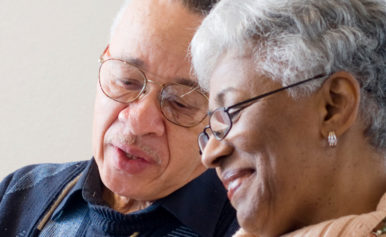If marriage doesn’t find its way to your doorstep in your early years, there are still considerable benefits to saying “I do” later in life.
It’s a realization that more people are discovering in an age when late marriage is becoming much more common. The median age in the U.S. for a man to marry is around 29, while it’s about 27 for a woman, according to the Pew Research of Social and Demographic Changes. This is compared to the 1960s, when people typically married in their early 20s.
If the median age is close to 30, that means a much higher number than ever before are waiting until 40 and even 50. According to the experts, there are many benefits that accrue to those who wait.
Maturity and financial security are two of the greatest rewards that come from partnering up in middle age. You’re more likely to have settled into a career and gotten over those early career frustrations and yearnings. By the time you pass 40, you have a good idea where your career is headed, or if you’re even still interested in a career.
In other words, you know who you are. Writer Amy Klein wrote on Match.com that women after 40 have “almost certainly gotten any love for chasing after bad boys out of your system by now.”
“Not only that, you’ve also likely had your fill of partying, dating, traveling, clawing your way up the career ladder and made peace with your parents and siblings — so when you do finally settle down, you will have absolutely no regrets or thoughts about missing out on some unexplored part of your life. That’s right: none!”
Though the baby years may have passed you by, you’re more likely to be surrounded by “a strong circle of friends to provide you with emotional support,” Klein says.
There has been considerable attention paid in recent years to stats like this one: only 51 percent of Americans are currently married, according to the latest U.S. Census Bureau reports, compared to 72 percent in 1960.
But for those who are grappling with doubts about whether it will ever happen, here’s another statistic of interest: the percentage of 64-year-olds who have never been married was 8 percent in 1960 and was still just 7 percent in 2012. In other words, nearly everybody still gets married eventually.
But the researchers who prepared this report, Wendy Wang and Kim Parker, believe this number will be worse in the future.
“When today’s young adults reach their mid-40s to mid-50s, a record high share (roughly 25 percent) is likely to have never been married,” they write. “This is not to say that adults in their mid-40s to mid-50s who still haven’t married will never marry, but our analysis suggests that the chance of getting married for the first time after age 54 is relatively small,” adds Parker.
The bottom line is that there is never a reason to give up hope. The numbers don’t lie.
